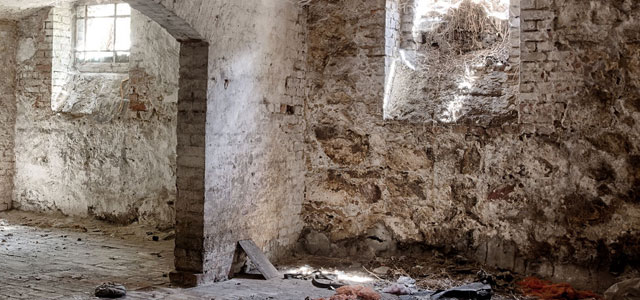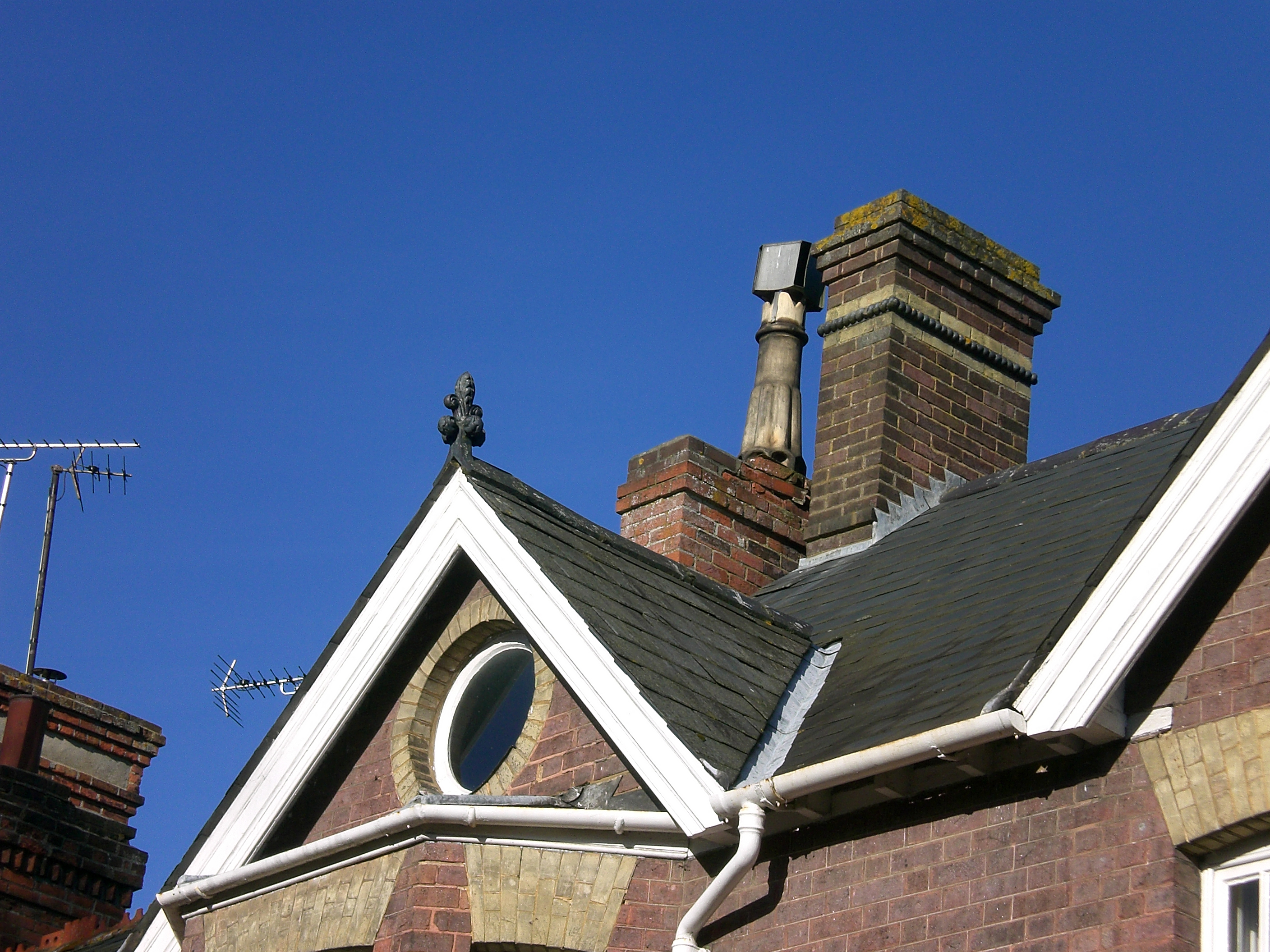Victorian properties are the heart and soul of West London's residential architecture. From the elegant terraces of Chiswick to the grand houses of Richmond, these period homes built between 1837 and 1901 offer character, space, and timeless appeal. At West London Surveyors, we've inspected hundreds of Victorian properties across West London, and we're here to share everything you need to know before making this significant investment.
This comprehensive guide covers what makes Victorian properties special, the common defects to watch for, why a thorough building survey is essential, and how to approach buying one of these beautiful period homes in areas like Hammersmith, Fulham, Ealing, and beyond.
Understanding Victorian Architecture in West London
West London's Victorian housing boom created the distinctive character we see today. The arrival of the railway networks in the mid-1800s transformed areas like Ealing, Chiswick, and Richmond from rural villages into sought-after suburbs. Developers built thousands of terraced houses to accommodate London's growing professional class.
Characteristic Features of Victorian Homes
Victorian properties in West London typically display distinctive features that give them their charm:
- Bay windows - Often two or three storeys high, adding light and elegance
- Sash windows - Traditional timber sliding windows with ornate details
- High ceilings - Usually 10-11 feet on reception floors
- Original fireplaces - Often with decorative cast iron surrounds and tiled hearths
- Decorative coving - Ornate plasterwork around ceiling edges
- Tiled pathways - Geometric Victorian tiles leading to front doors
- Solid brick construction - Typically 9-inch solid walls
- Slate roofs - Welsh slate was the standard roofing material
- Basement or cellar - Common in larger Victorian houses

Why Victorian Homes Remain Popular
Victorian properties consistently command premium prices in West London because they offer generous room sizes, period character that modern homes can't replicate, potential for renovation and extension, established gardens and mature trees, and proximity to excellent transport links into central London.
Common Victorian Property Issues in West London
While Victorian homes offer tremendous appeal, they also come with specific challenges due to their age and original construction methods. Here are the most common defects we encounter during surveys:
1. Structural Movement and Subsidence
Victorian properties were built on shallow foundations, making them susceptible to ground movement. West London's clay soil expands and contracts with moisture changes, which can cause subsidence or heave. Bay windows are particularly vulnerable to structural movement.
What to look for: Cracks wider than 5mm, especially diagonal cracks near windows and doors, cracks that are wider at the top than bottom, sticking doors or windows, visible leaning or bulging in walls.

Real Example from Hammersmith
We surveyed a Victorian terrace where the front bay showed clear signs of subsidence - the foundation had dropped approximately 30mm over several decades. The repair cost was £18,000 for underpinning. This was discovered during our Level 3 survey, allowing our client to renegotiate the purchase price by £25,000.
2. Damp and Moisture Problems
Victorian properties weren't built with damp proof courses. While many have been retrofitted, damp remains one of the most common issues in period properties.
Types of damp in Victorian homes:
- Rising damp - Ground moisture rising through walls without proper DPC
- Penetrating damp - Water ingress through walls, especially around bay windows
- Condensation - Poor ventilation in solid-walled properties
- Basement damp - Very common in properties with cellars

Signs to watch for: Tide marks on walls at low level, peeling wallpaper or paint, musty smell, salt deposits on walls (efflorescence), damaged skirting boards, black mould growth.
3. Roof Problems
Original Welsh slate roofs can last 100+ years, but by now, most Victorian roofs have been repaired or replaced multiple times. Common issues include:
- Slipped or missing slates
- Failed roof valleys (where two roof planes meet)
- Deteriorated lead flashings around chimneys
- Rotten timber rafters or purlins
- Inadequate insulation

Cost Consideration
A full roof replacement on a typical Victorian terrace in West London costs £15,000-£25,000 depending on size. Budget for scaffold costs which can add £3,000-£5,000 to any roof project.
4. Timber Decay and Insect Infestation
Victorian properties contain substantial amounts of timber - floor joists, roof timbers, window frames, and staircases. Common problems include:
- Wet rot - Caused by persistent dampness, particularly in suspended ground floors
- Dry rot - A serious fungal attack that can spread through masonry
- Woodworm - Active beetle infestation requiring treatment
- Death watch beetle - Found in older hardwood timbers
5. Poorly Executed Previous Alterations
Over 100+ years, many Victorian properties have been modified multiple times. We frequently find:
- Removed chimney breasts without proper support beams
- Knocked-through walls affecting structural stability
- Loft conversions without building regulations approval
- Rear extensions with inadequate foundations
- Updated electrics and plumbing not meeting current standards
Why You Need a Comprehensive Survey
For Victorian properties in West London, we strongly recommend a RICS Level 3 Building Survey. Here's why:
What Level 3 Surveys Reveal
- Detailed structural assessment of 100+ year old construction
- Identification of all defects, from minor to critical
- Specific repair cost guidance
- Assessment of previous alterations
- Recommendations for maintenance
- Technical information for renovation projects
Risks of Inadequate Surveys
- Missing serious structural issues
- Unexpected repair costs after purchase
- Discovering problems when selling
- Safety risks from undiscovered defects
- Inability to claim on insurance
- Lost negotiating opportunity
The Victorian Property Buying Checklist
Initial Viewing
Look for obvious signs of damp, structural cracks, roof condition, and evidence of alterations. Check for original features and their condition. Ask about the age of key components - boiler, electrics, windows.
Research
Check if the property is listed or in a conservation area. Review any planning applications or building control records. Research the local area's history with subsidence or flooding.
Book a Level 3 Survey
Engage RICS chartered surveyors experienced with Victorian properties. Schedule the survey as soon as your offer is accepted. Allow 7-10 days for the comprehensive report.
Review Survey Findings
Discuss the report with your surveyor to understand priorities. Obtain quotes for any major works identified. Calculate your realistic budget including repairs.
Consider Additional Surveys
Based on survey findings, you may need specialist reports for drainage, electrics (EICR), damp and timber, or structural engineer assessment.
Negotiate if Necessary
Use survey findings to renegotiate the price or request repairs before completion. Be prepared to walk away if issues are too serious or costly.
Victorian Properties Across West London
Different areas of West London have distinct Victorian housing characteristics:
Hammersmith & Fulham
Predominantly terraced properties built in the 1870s-1890s. Expect solid construction but watch for basement damp in properties near the Thames. Many have been extended into side returns and loft spaces.
Chiswick
Beautiful Victorian properties with generous gardens. The area developed later in the Victorian period, so construction quality is often superior. Tree-root subsidence is common due to mature London planes.
Ealing
Known as "Queen of the Suburbs," Ealing has grand Victorian villas and substantial terraces. Look for issues with large bay windows and check for evidence of movement in the heavier structures.
Richmond & Twickenham
High-end Victorian properties with excellent build quality. Properties near the river should be checked for flood risk and damp. Many retain original features in exceptional condition.
Renovation Considerations
Many buyers purchase Victorian properties with renovation in mind. Key considerations include:
Planning and Listed Building Consent
- Check if the property is listed (Grade I, II*, or II)
- Determine if you're in a conservation area
- Understand what alterations require planning permission
- Budget extra time and cost for heritage requirements
Common Victorian Property Renovations
| Renovation Project | Typical Cost | Key Considerations |
|---|---|---|
| Loft Conversion | £35,000-£55,000 | Party wall agreement, building regs, roof structure assessment |
| Rear Extension | £40,000-£65,000 | Permitted development rules, foundations on clay soil |
| Basement Conversion | £75,000-£150,000 | Party wall, waterproofing, structural calculations |
| Full Rewire | £6,000-£10,000 | Solid walls, access issues, testing certification |
| Central Heating | £7,000-£12,000 | Radiator placement, boiler location, pipe routes |
| Window Restoration | £800-£1,500 per window | Conservation area restrictions, draught-proofing |
Insurance Considerations
Victorian properties can be more expensive to insure due to:
- Solid wall construction (more expensive to rebuild)
- Higher rebuilding costs for period features
- Increased subsidence risk
- Listed building requirements
- Non-standard construction methods
Insurance Tip
For Victorian properties, always opt for "rebuilding cost" cover rather than market value. Use a RICS surveyor's rebuilding cost assessment to ensure adequate coverage. Expect to pay 15-30% more for insurance compared to modern properties.
Is a Victorian Property Right for You?
Victorian homes aren't for everyone. Consider these factors:
You'll Love a Victorian Property If:
- You appreciate period features and architectural character
- You enjoy renovation projects and personalising your home
- You want generous room sizes and high ceilings
- You're prepared to maintain a property with ongoing needs
- You value living in established, characterful areas
Think Twice If:
- You want a completely maintenance-free property
- Energy efficiency is your top priority
- You need everything to be perfect from day one
- You have a very limited budget for ongoing repairs
- You're not comfortable dealing with older property issues
Expert Surveying Makes the Difference
At West London Surveyors, we've inspected over 2,000 Victorian properties across West London. Our RICS chartered surveyors understand the common defects, the critical issues to identify, and how to assess whether problems are manageable or deal-breakers.
Key Takeaways
- Victorian properties offer unmatched character but require thorough surveying
- Always choose a Level 3 Building Survey for properties over 100 years old
- Budget 5-10% of purchase price for immediate repairs and improvements
- Common issues include subsidence, damp, roof problems, and poor alterations
- Work with surveyors experienced in period properties in your specific area
- Use survey findings to negotiate price or request repairs
- Factor in higher ongoing maintenance costs compared to modern homes
Get Your Victorian Property Surveyed
Buying a Victorian property in West London is an exciting investment in a piece of history. Whether you're looking at a charming terrace in Chiswick, a grand villa in Ealing, or a riverside home in Richmond, a comprehensive building survey is your most important tool for making an informed decision.
West London Surveyors specialises in Victorian and Edwardian properties throughout West London. Our detailed Level 3 surveys have helped hundreds of clients buy their period homes with confidence, identifying issues before purchase and providing realistic cost guidance.
Contact us today to discuss your Victorian property survey. We'll provide expert advice, a transparent quote, and a comprehensive survey that leaves no stone unturned.
